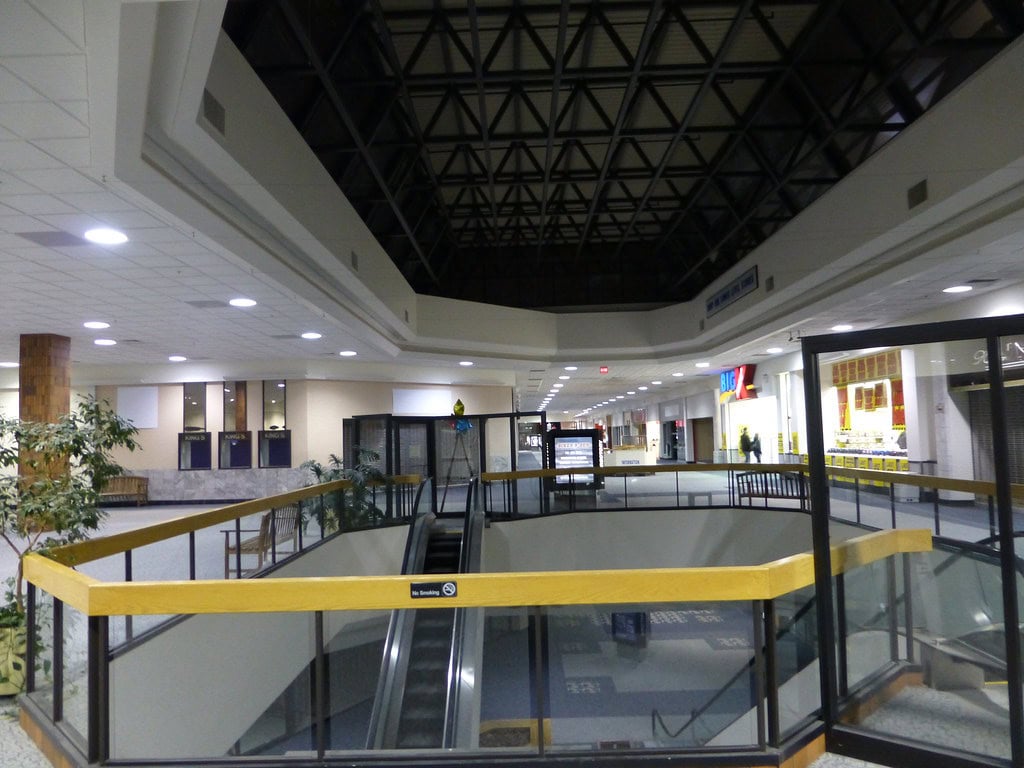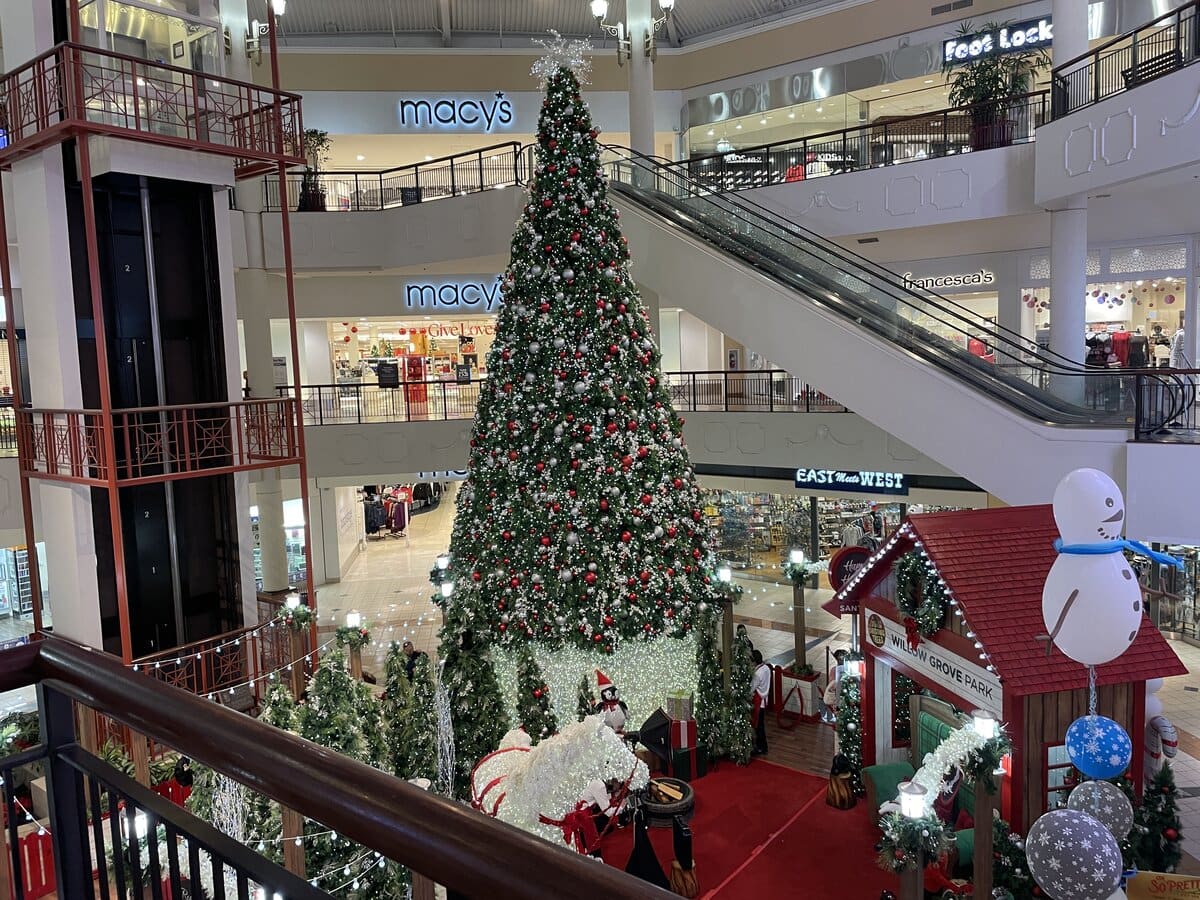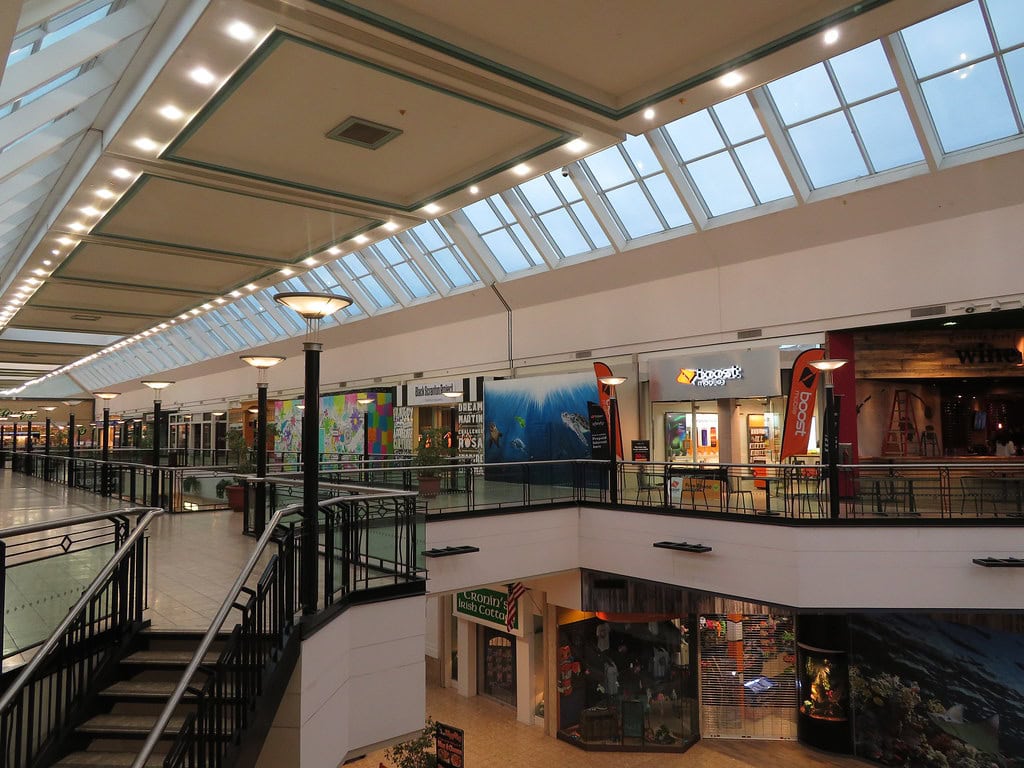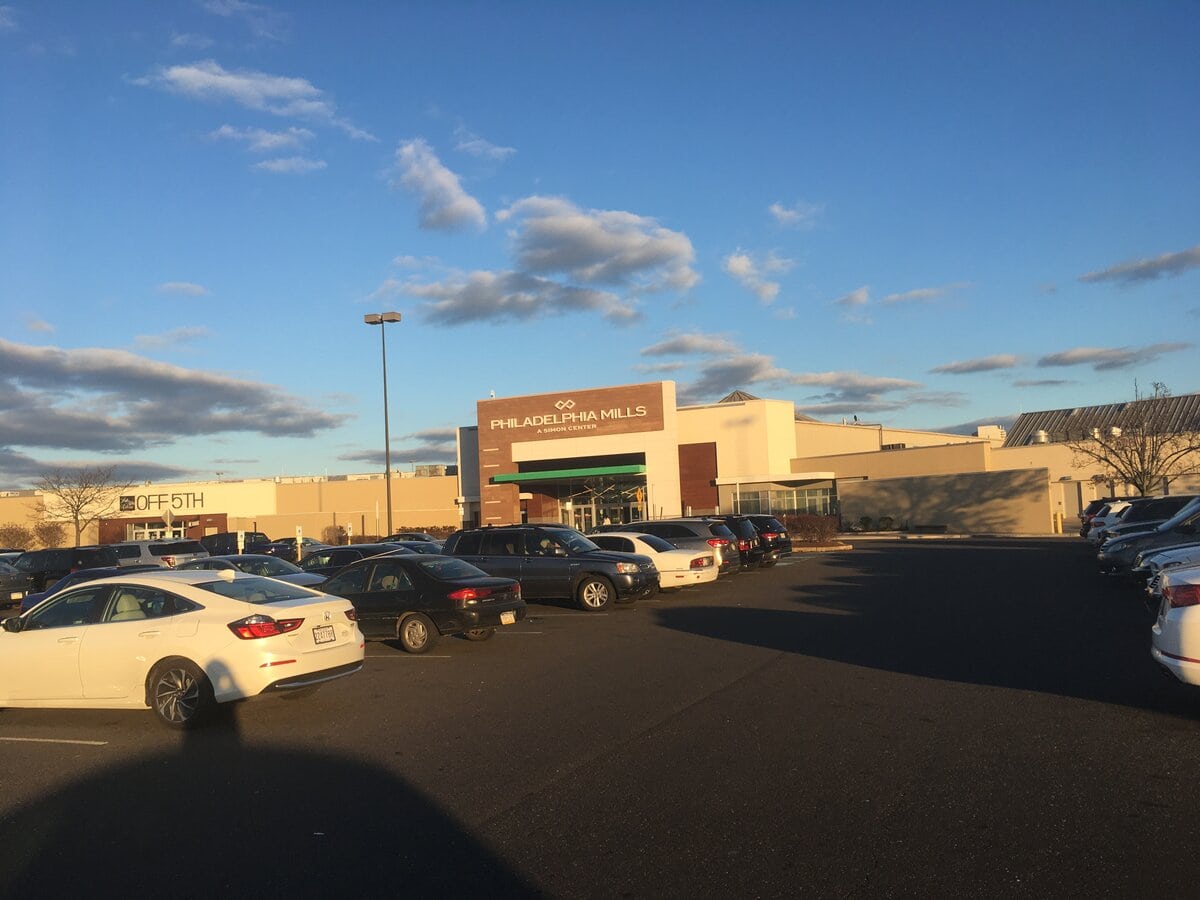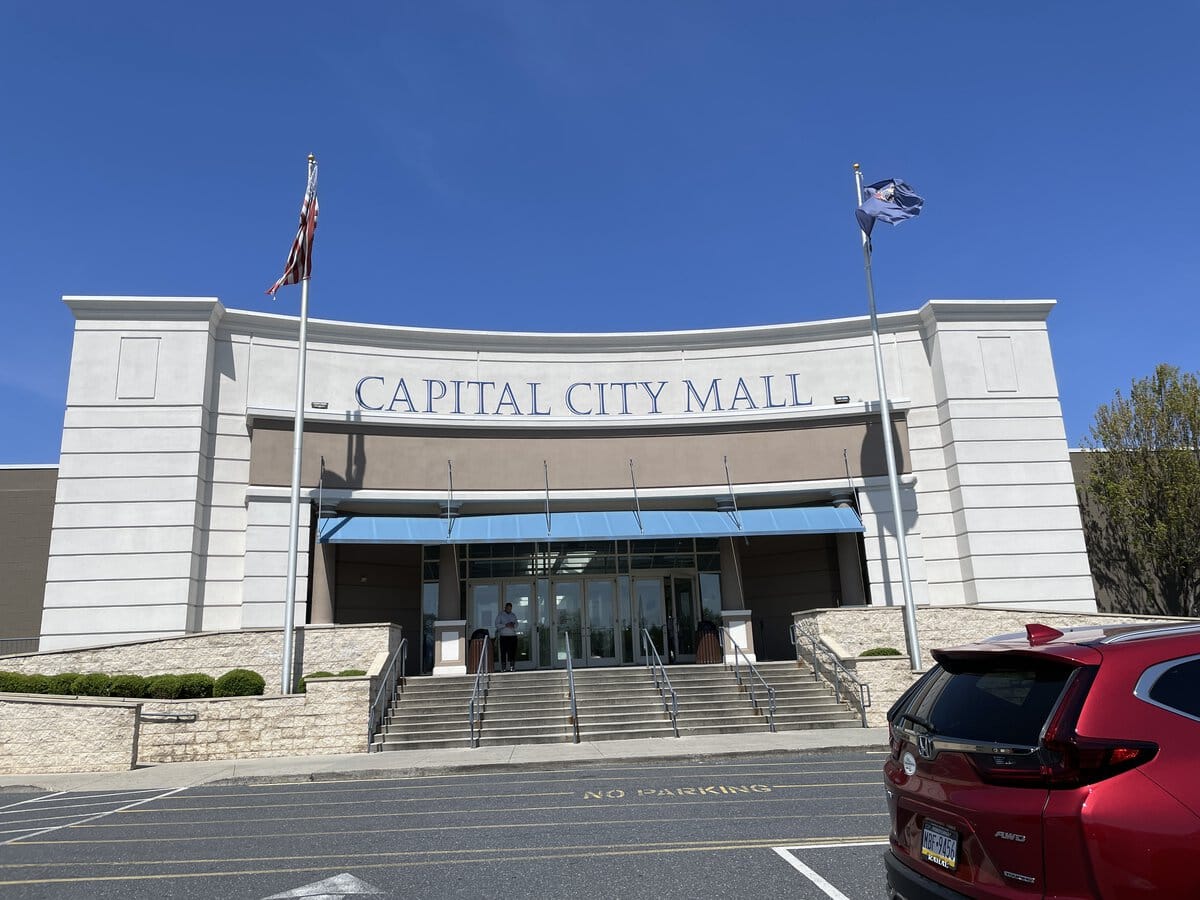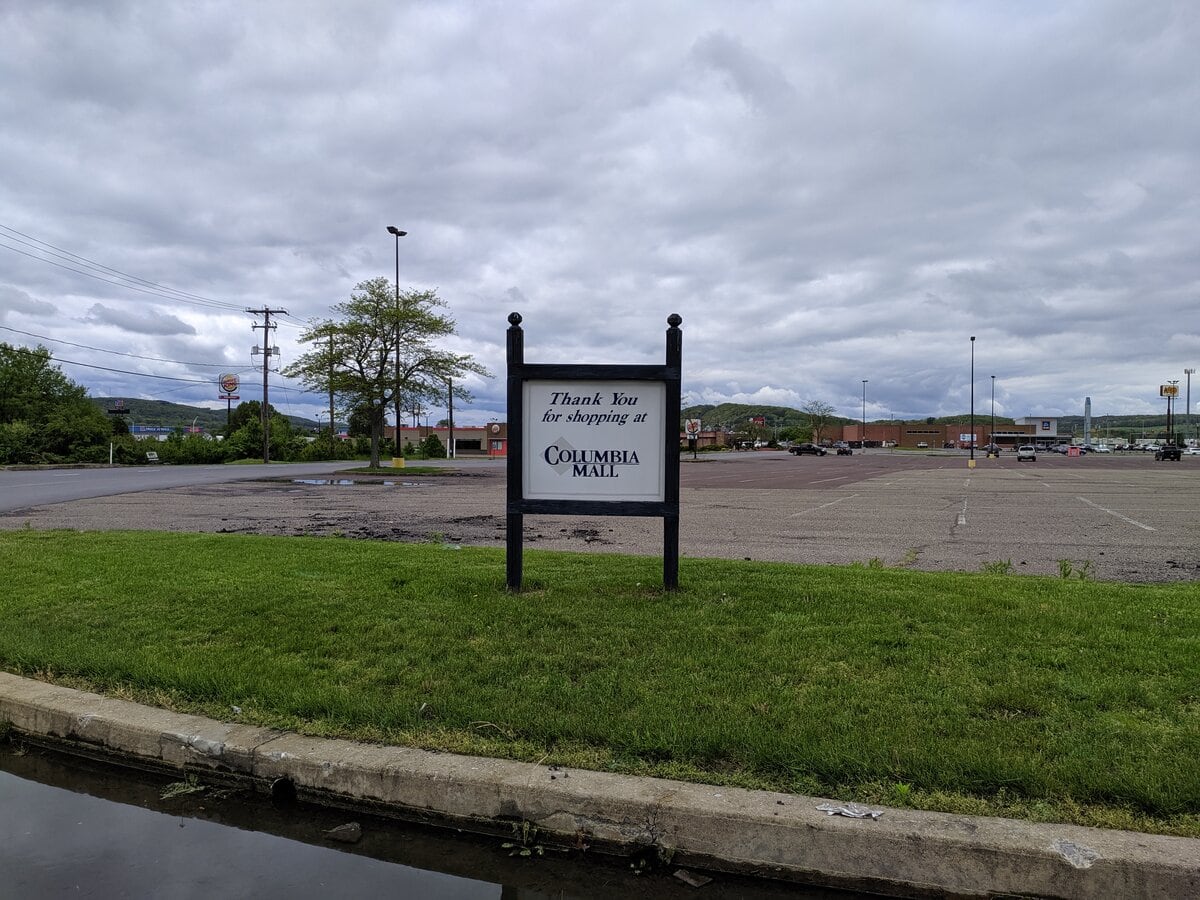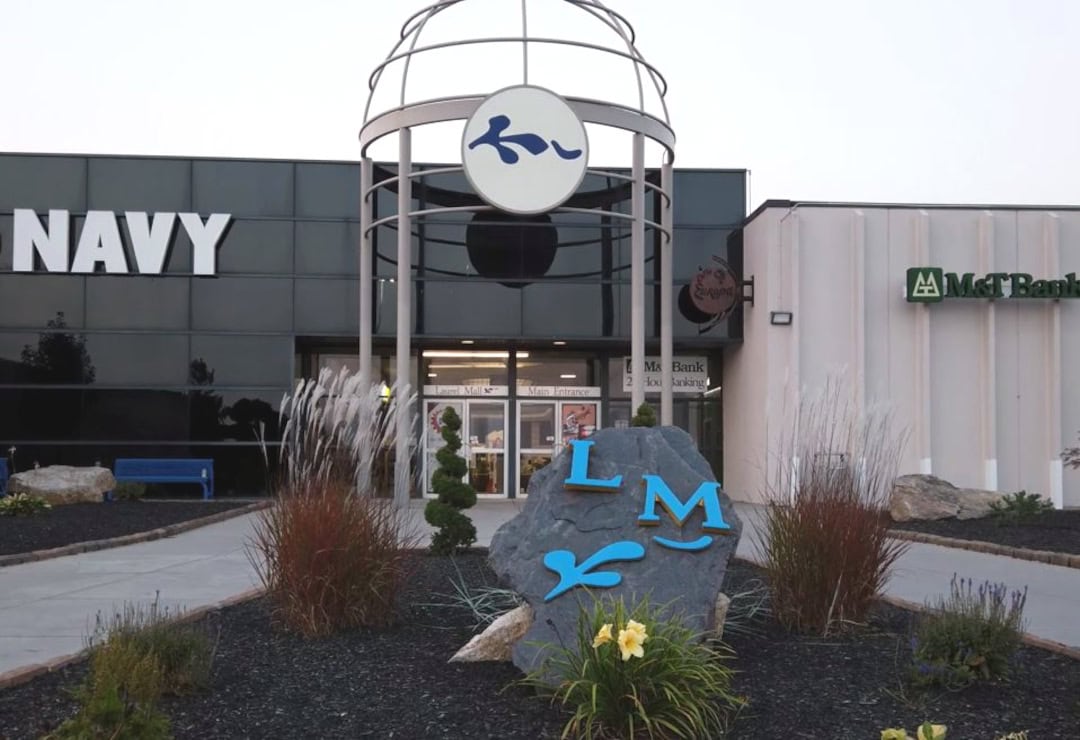The Mall That Replaced a Farm
Palmer Park Mall never got the glossy attention bigger projects did, but it has outlasted more than a few of them.
It opened in 1973 on land that used to be part of a farm.
One anchor to start, one floor throughout, and a layout built around drivers coming in from Easton and nearby townships.
The early years saw growth. The 90s brought vacancies. Ownership shifted more than once.
What's kept it alive isn't foot traffic alone; it's the ability to adjust.
Thrift events, a children's play zone, and anchors now shape the rhythm inside. The lights haven't gone out.
Ground Lease to Grand Opening - Retail Roots, 1971 to 1973
In October 1971, Hess's department store company announced its plans to develop a shopping mall on the former John Raub farm in Palmer Township.
The projected 300,000-square-foot retail center was planned to host between 35 and 40 stores, with space for about 2,000 vehicles.
The location chosen sat at the corner of Park Avenue and Nazareth Road (PA Route 248), placing it in easy reach of Easton and nearby communities in the Lehigh Valley.
Construction moved quickly. Hess's didn't wait for the rest of the complex to take shape.
It opened its department store in July 1972, well over a year before the mall's official debut.
That strategy let them begin sales while walls were still going up nearby.
The mall's grand opening stretched across three days, August 16 through 18, 1973.
At that point, Hess's stood as the only anchor. The rest of the indoor strip offered a practical mix of retailers across one floor.
It was a product of its time and place, built for car access, surrounded by surface parking, and meant to serve nearby residents in Easton, Glendon, West Easton, Wilson, and the townships of Forks, Bethlehem, and Palmer.
From the start, Palmer Park Mall was more than a building.
For a stretch of Northampton County, it quickly became a center of habit: shopping, errands, bus transfers, and air conditioning in August.
At the time, there weren't many other options for things to do in Easton, Pennsylvania, which pulled together so many functions under one roof.
Hess's had made a bet on consolidation, and for a while, it paid off.
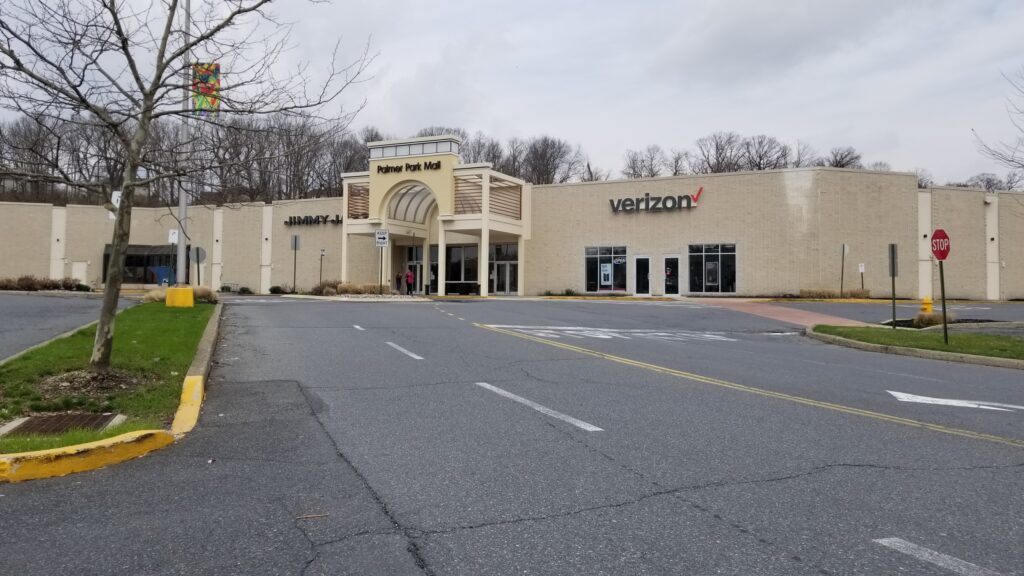
Expansion Strategy and Retail Positioning, 1976 to 1989
By 1976, Palmer Park Mall had already outgrown its early footprint.
In the first quarter of that year, Hess's added another 15,000 square feet to its anchor store, bringing it to 122,125 square feet by the time spring wrapped.
That expansion didn't just bulk up retail space, it answered a demand Hess's seemed to anticipate rather than react to.
The next major shift came six years later.
In 1982, the mall added a second anchor by way of an 80,000-square-foot Clover store, the discount arm of Strawbridge & Clothier.
That expansion also pushed the mall's total size to 349,000 square feet.
For working families in Easton, Forks Township, and across the river in Phillipsburg, Clover's low prices gave shoppers another reason to bypass smaller plazas.
There wasn't much flash in those years. The strategy was practical: more stores, more foot traffic, and longer dwell time.
But things shifted again by the decade's close. In 1989, the Phillipsburg Mall opened across the state line in New Jersey.
It had a newer layout, more square footage, and a larger tenant base.
It started pulling customers from the same zones Palmer Park had relied on.
That competition, combined with Palmer Park Mall's older infrastructure, started to show in leasing numbers and daily traffic.
A pattern was beginning to set in: new builds farther afield, older malls tightening belts.
Anchor Turnover and Capital Projects, 1994 to 1999
In 1994, after years of financial instability, the Hess's chain folded and sold off its remaining stores.
The Palmer Park Mall location was acquired by The Bon-Ton Stores, Inc. that same year.
By 1995, the signage had changed. That was the first of two anchor transitions that decade.
Clover, the mall's second anchor since 1982, closed in 1996.
For a while, the eastern side of the mall sat in flux.
Then, in October 1998, Boscov's moved into the vacant space, but not by squeezing into what Clover had left behind.
The mall added more than 100,000 square feet to the east end, bringing Boscov's total footprint to 192,000 square feet.
With that, the mall reached its current size, 457,700 square feet under the roof.
A year later, in 1999, the property got its most visible upgrade in decades.
Mall management spent $10 million on cosmetic and structural renovations.
This was not just carpeting and lighting.
It was a real reinvestment: updated facades, a refreshed food court, and improvements aimed at making the aging structure feel viable against newer competition.
The Bon-Ton followed suit with its own $1 million investment, remodeling the store it had taken over from Hess's.
These moves, stacked close together, suggested that the mall was trying to hold its ground in a retail cycle that had started to swing harder toward newer builds and outdoor shopping formats.
By the end of the 1990s, Palmer Park Mall had two full anchors, refreshed interiors, and a square footage figure it would hold into the next two decades.
But the pace of change outside the mall wasn't slowing.
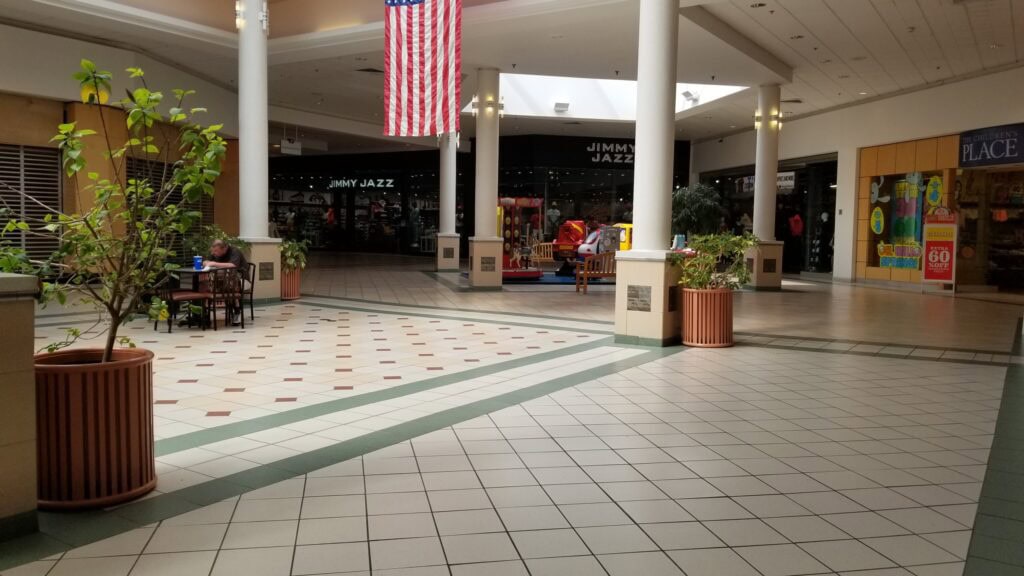
Portfolio Transfers and Anchor Instability, 2003 to 2018
In 2003, Palmer Park Mall changed hands without leaving its ownership circle.
The Pennsylvania Real Estate Investment Trust, already a 50% stakeholder, acquired the other half when it purchased Crown American, becoming the mall's sole owner.
From there, management followed a familiar pattern: hold the asset, track revenue, and reevaluate when sales fell short of target thresholds.
By January 2015, PREIT made its next move public. The company put Palmer Park Mall up for sale, bundled with four other underperforming properties.
Sales had landed at $311 per square foot in the most recent reporting quarter, well below PREIT's stated goal of reaching a $500 per square foot portfolio average by the end of 2016.
Cityview Commercial LLC stepped in as a buyer. On February 23, 2016, they closed the deal for $18 million.
The transaction didn't make waves, but Cityview indicated plans to improve the site, though no formal redevelopment was announced immediately.
Then came 2018. The Bon-Ton Stores, Inc., already on shaky ground for years, filed for Chapter 11 bankruptcy in February.
By August, the company had closed all its remaining stores, including the anchor at Palmer Park Mall.
The loss cut traffic and left the west wing without a draw.
Mall operators floated a partial demolition of the vacant space, with retrofitting aimed at carving up the square footage for smaller tenants.
Those plans were shelved quietly. No demolition took place. The empty anchor stayed shuttered while leasing teams looked for a more stable use.
It wouldn't move again until four years later.
Tenant Revitalization and Event Programming, 2019 to 2025
Palmer Park Mall's leasing history entered a new phase in 2022 when Decor Home Furniture opened in the former Bon-Ton space.
The store took over the full 122,125 square feet, bringing the mall back to two operating anchors.
That move cut down vacancy and helped stabilize a portion of the interior corridor that had lagged since Bon-Ton's exit.
By early 2024, leasing accelerated again. Retail additions started filling more mid-sized units.
This year brought Blue Flame Events, a vendor-style market space with goods from more than 100 local crafters and small-scale merchants.
Trendy Man opened in February 2025, occupying a food court-adjacent slot once held by American Eagle.
Santalexa & Fitness Love followed in March, offering hair and beauty products.
All of this happened without major structural renovations, just strategic tenant placement and interior adjustments.
The mall also pushed harder into events. Thrift-a-palooza was scheduled for May 24, 2025, offering resale goods in the central concourse.
CatCon, set for June 14, aimed to bring pop culture and adoptable animals together in the same retail footprint.
Super Hero Saturday and Cruise Night are followed later in June, layering themed events into weekend traffic.
Meanwhile, Ohana WonderTown Playground, a 4,000-square-foot indoor play space, is prepared to open in 2025.
That addition signaled a shift toward recreational tenants in spaces once held by retail chains.
Ownership hasn't changed again since 2016. Cityview Commercial still holds the property.
The square footage remains fixed. New energy, for now, has come from inside the walls.
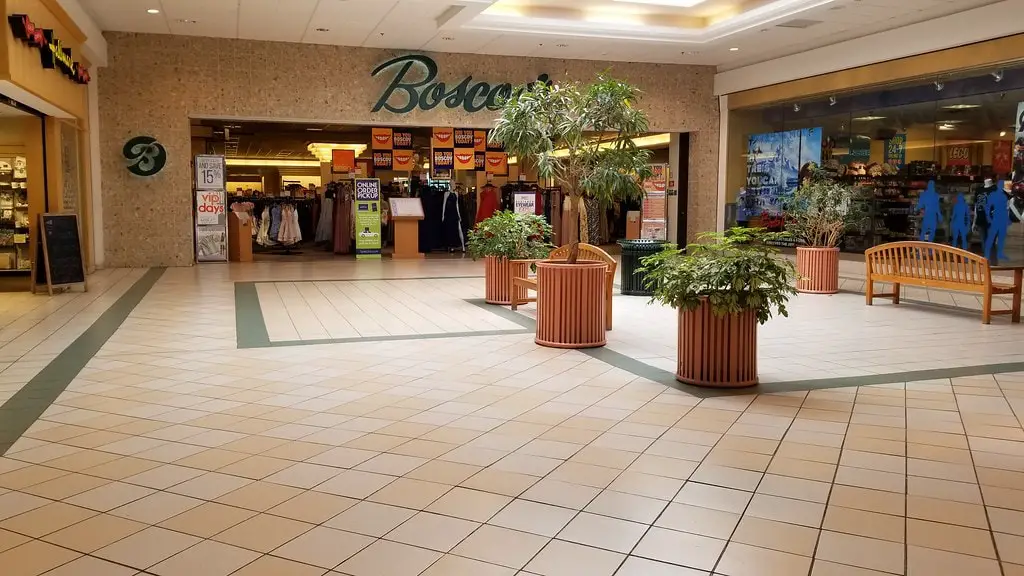
🍀

